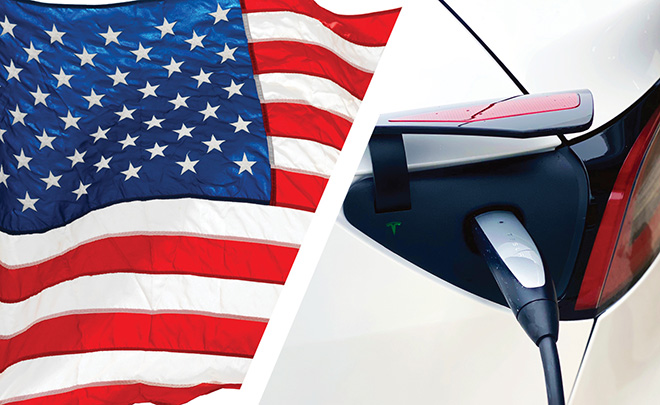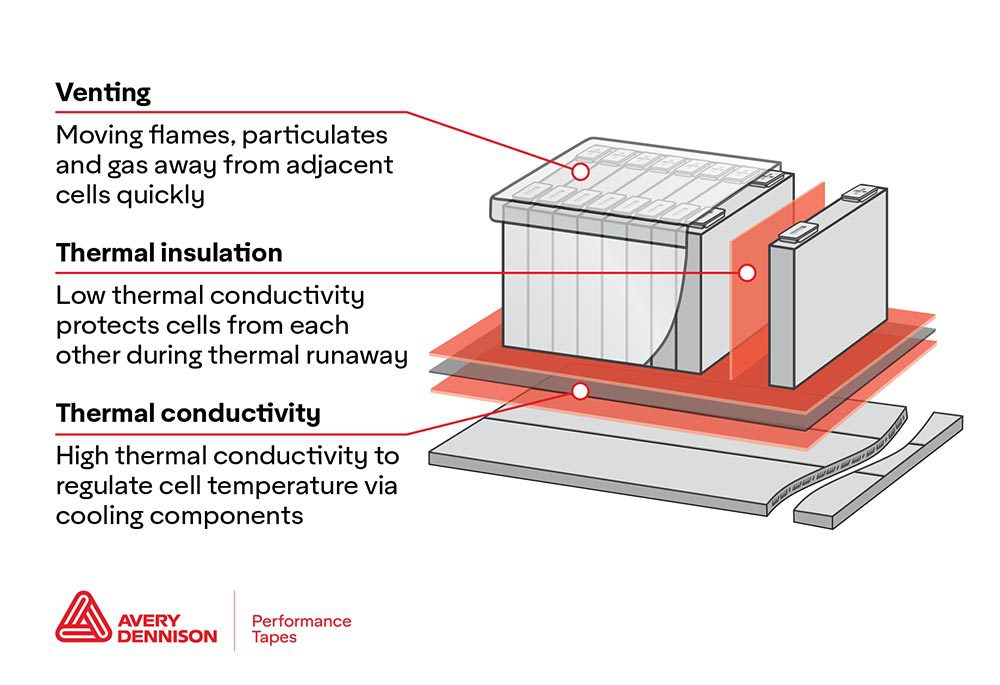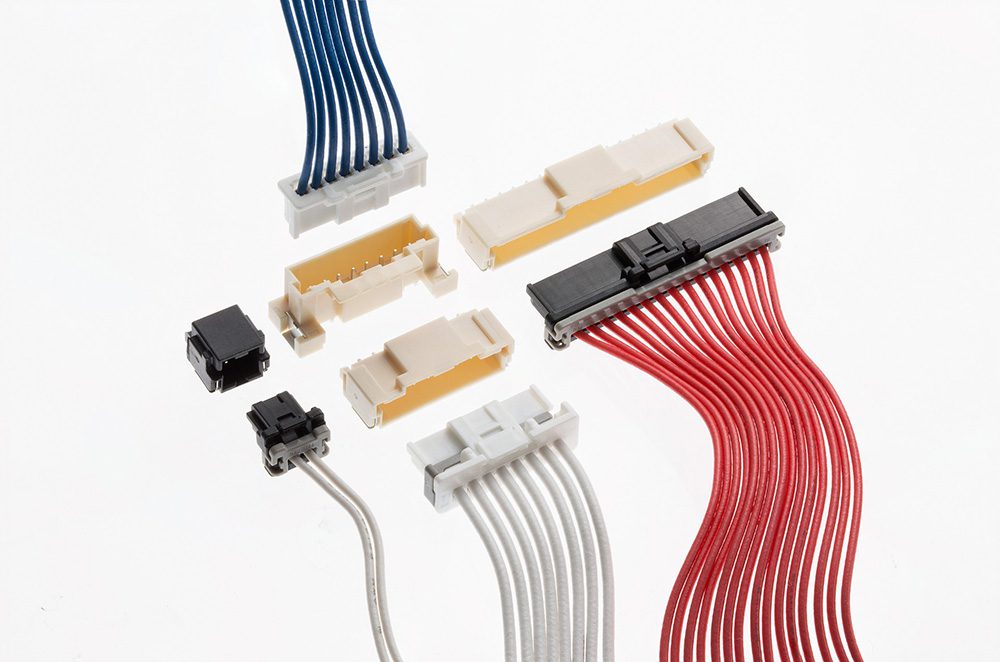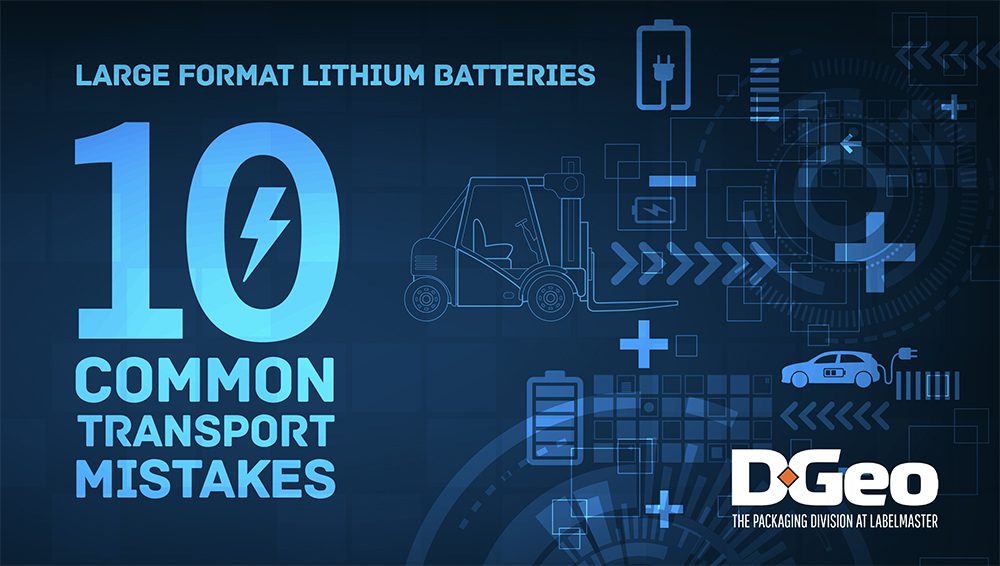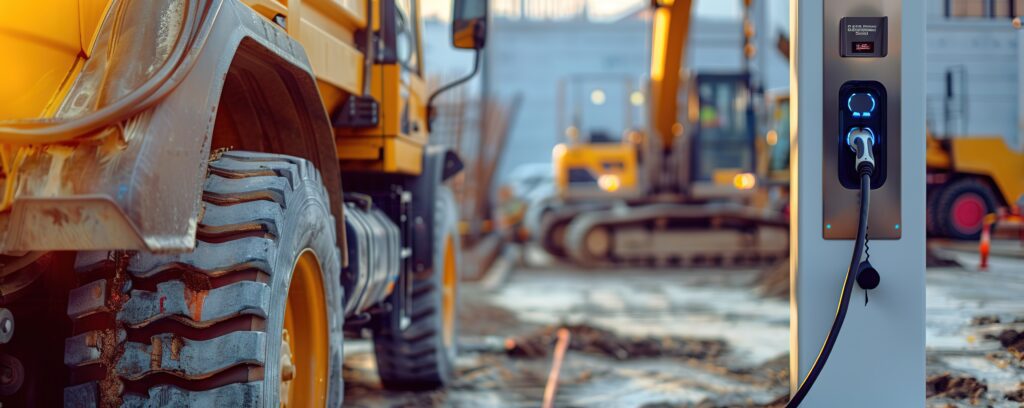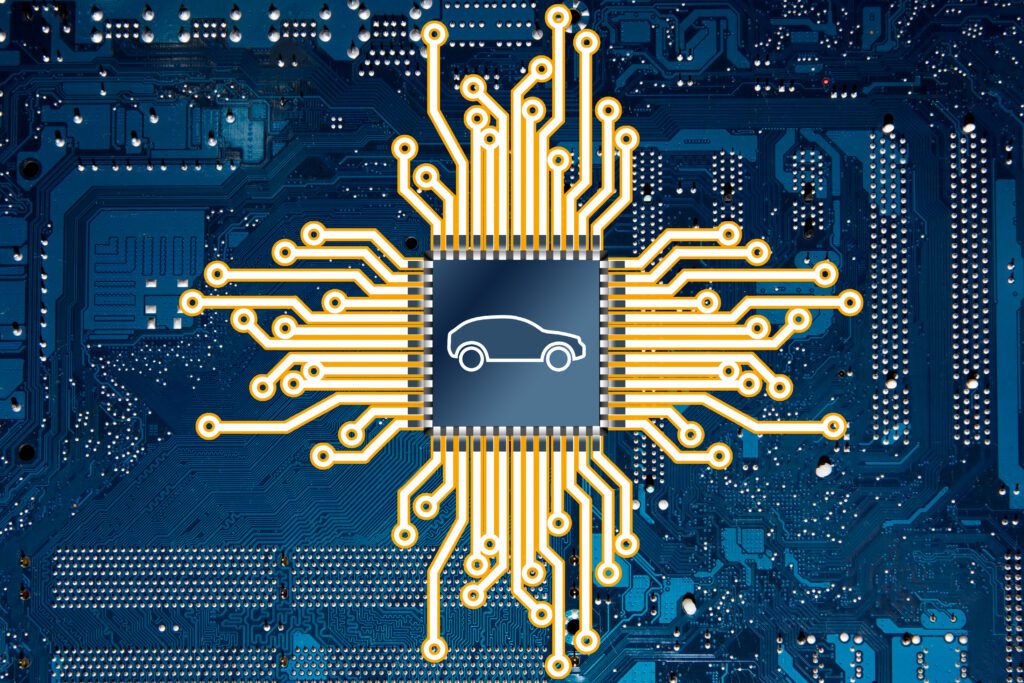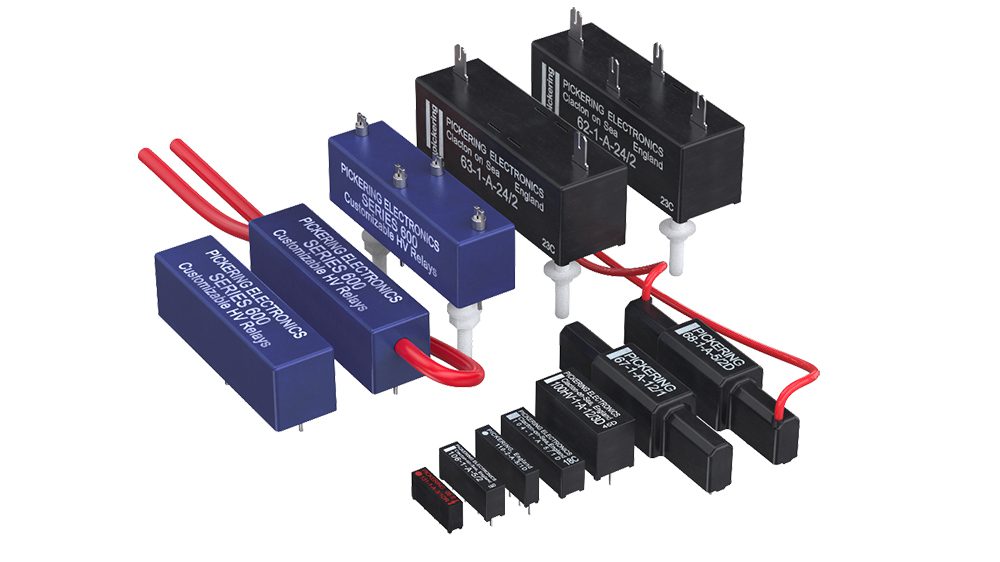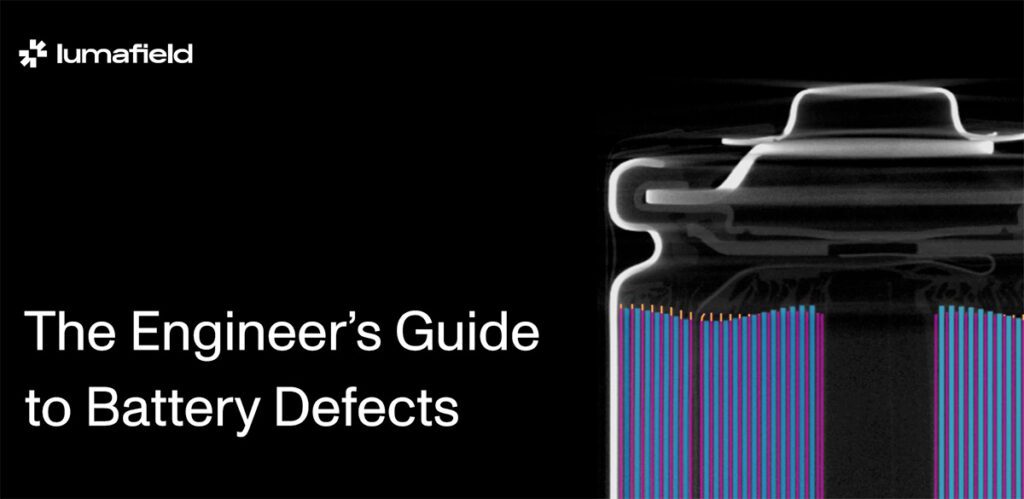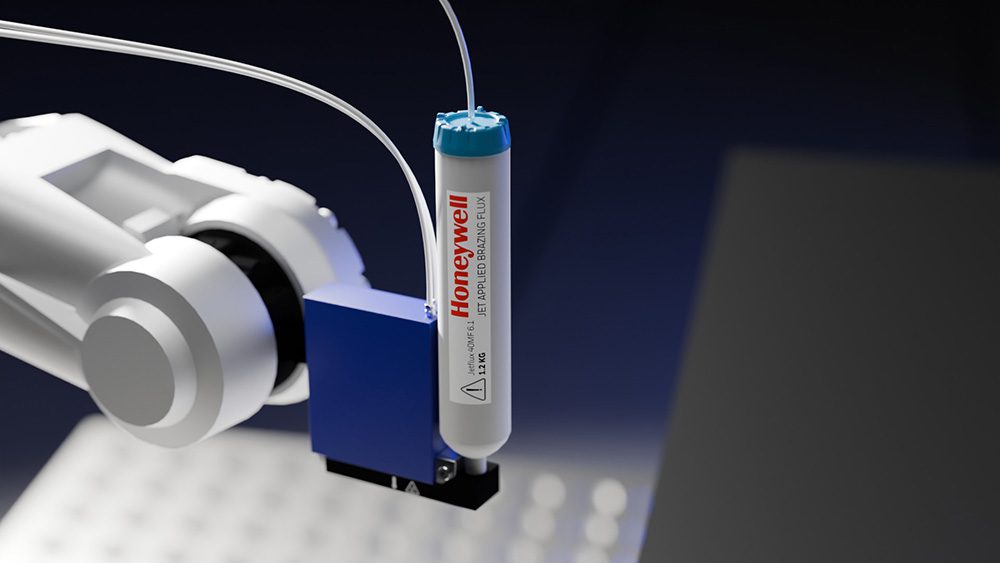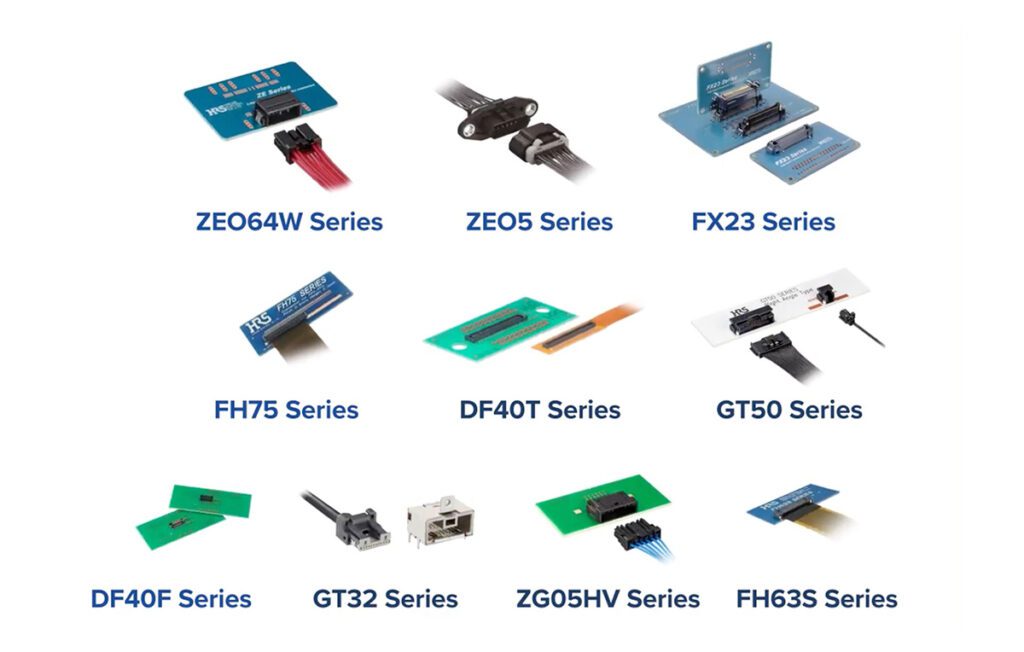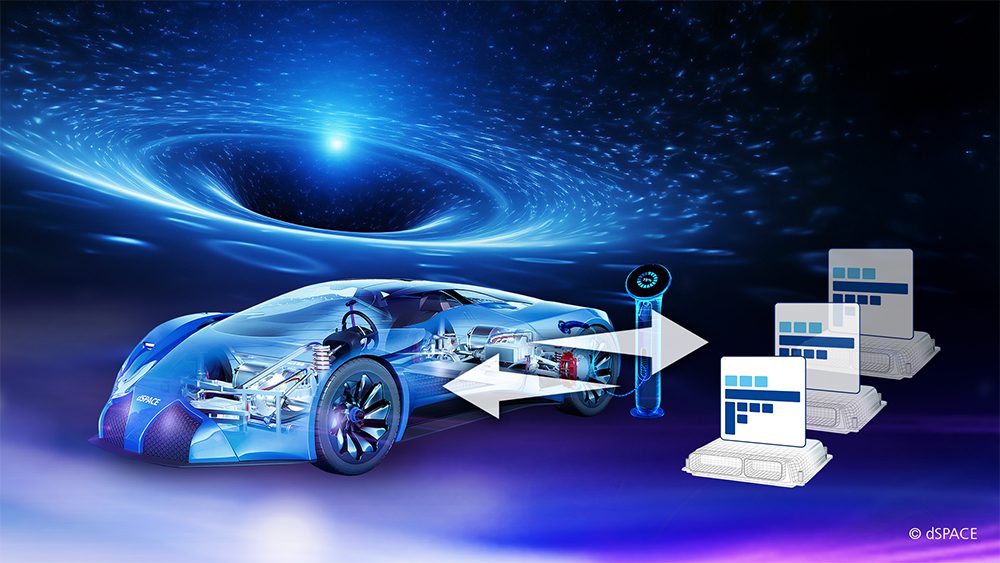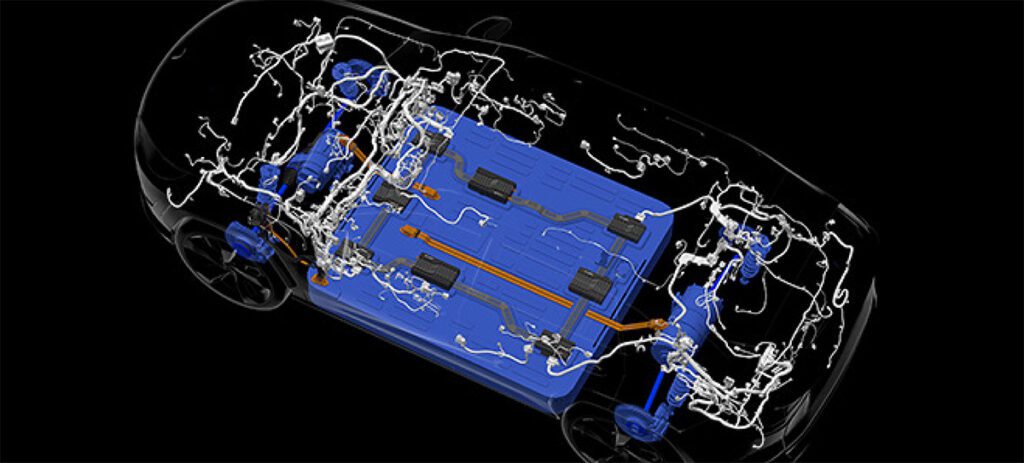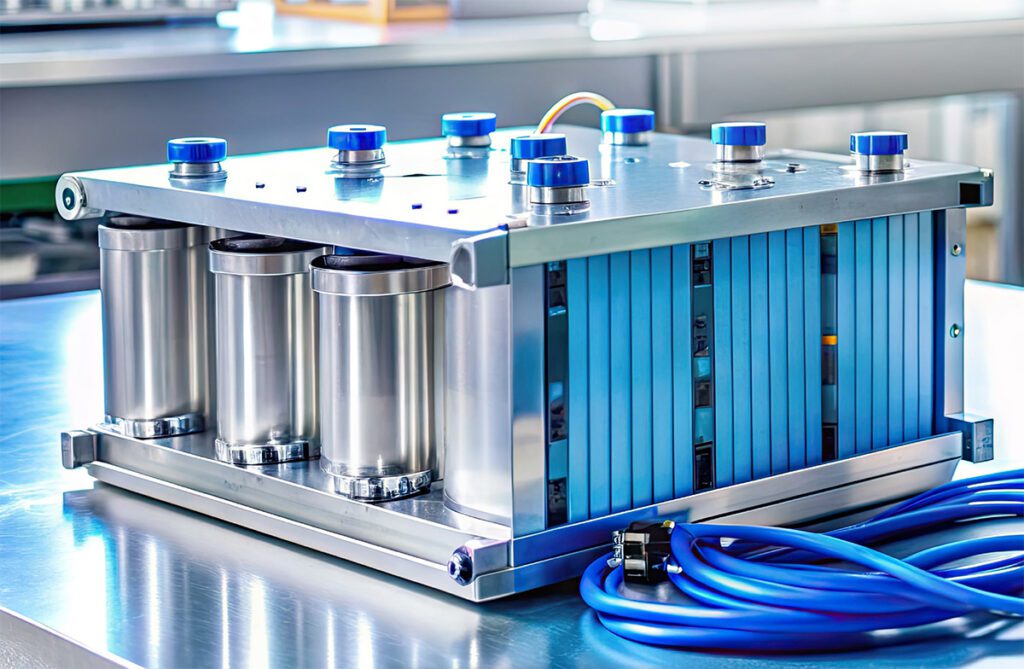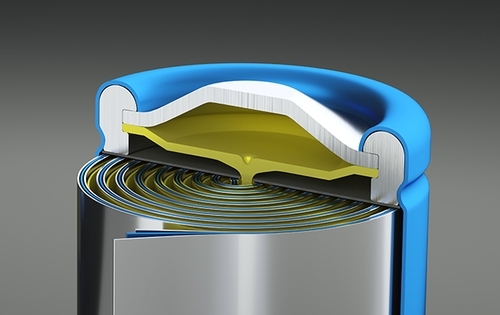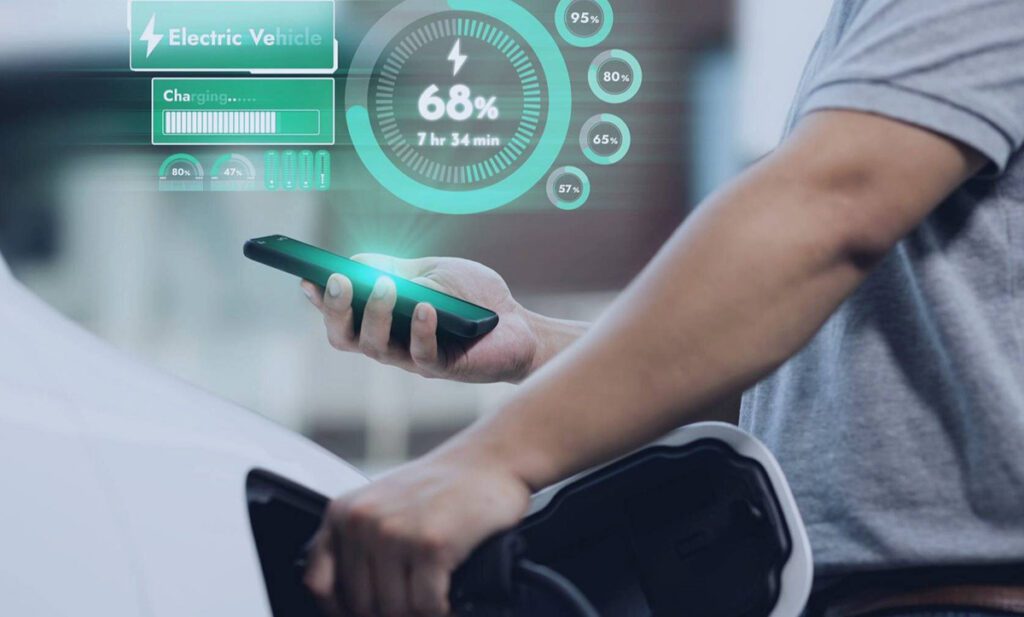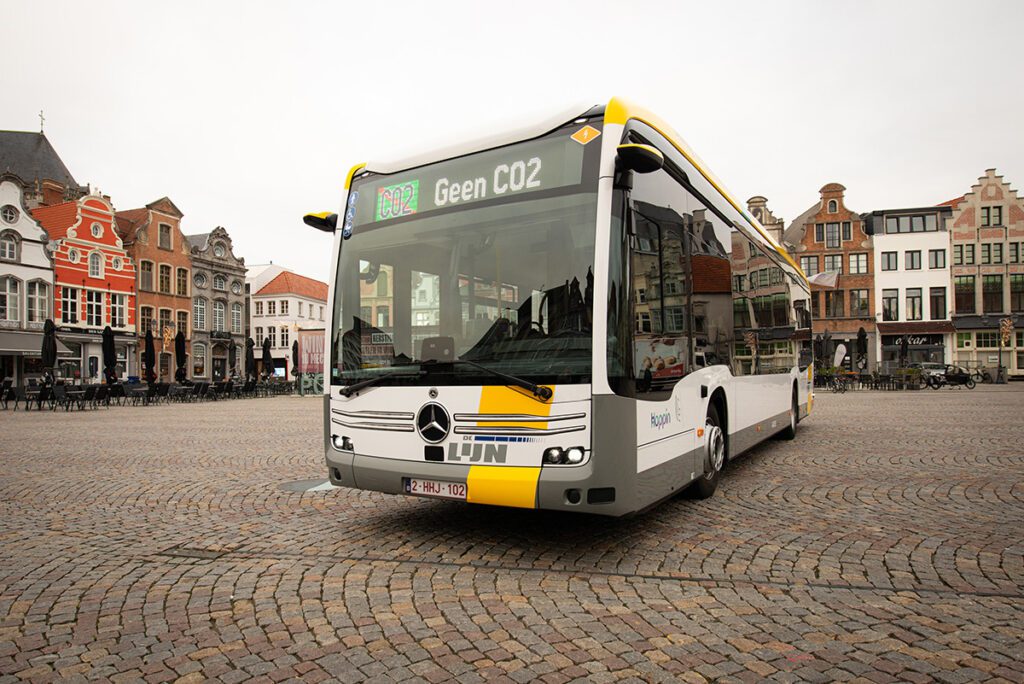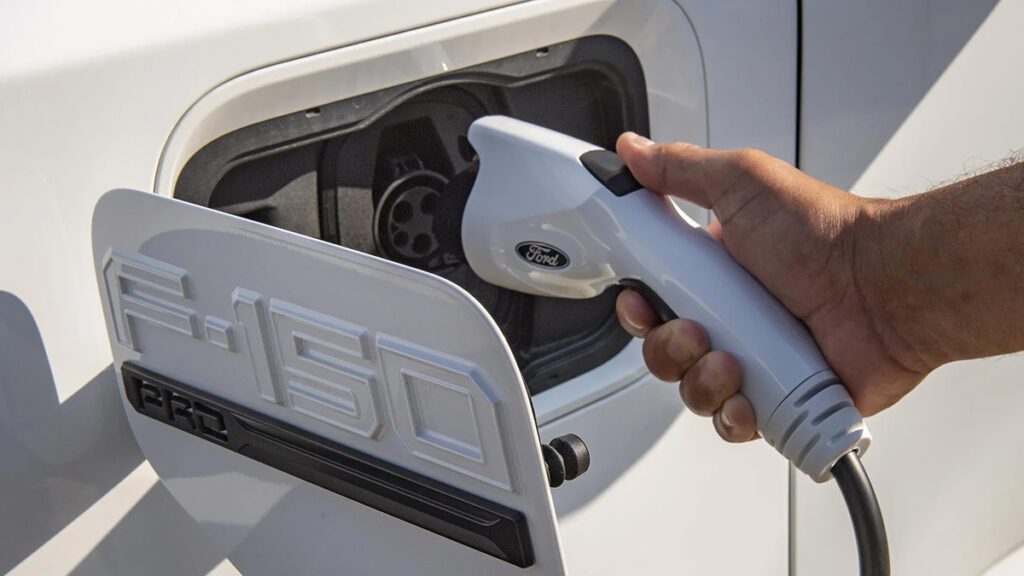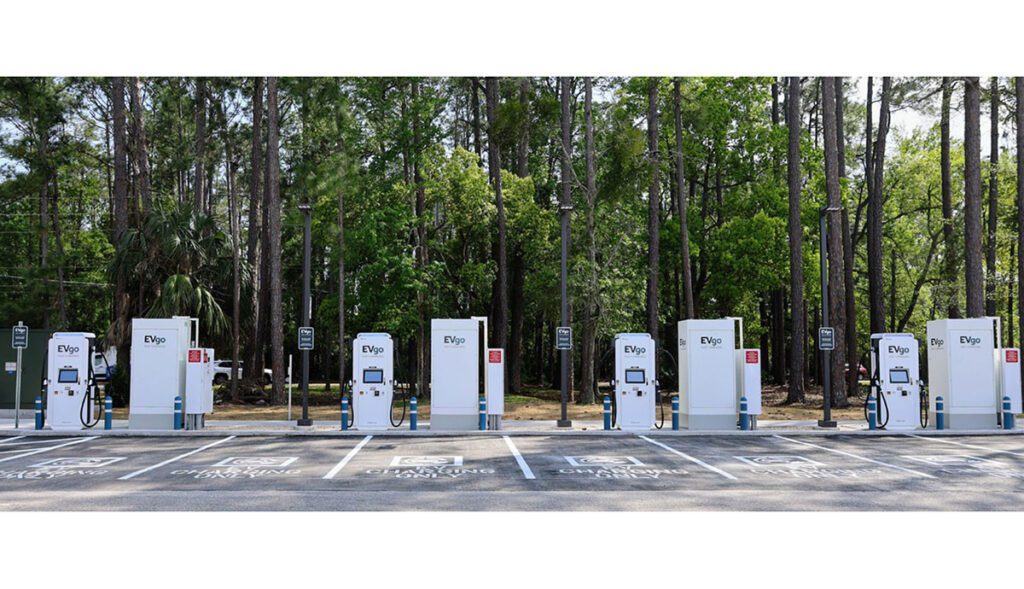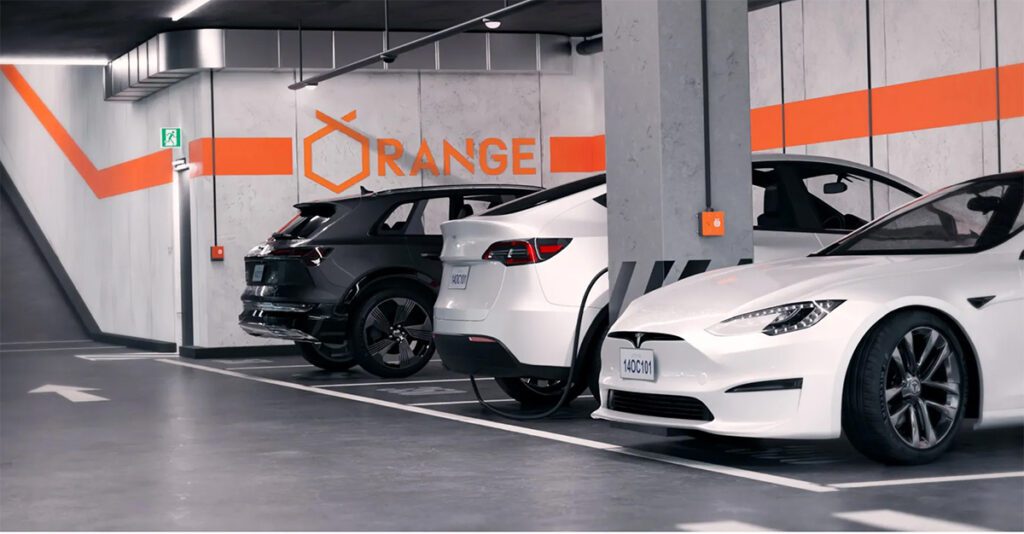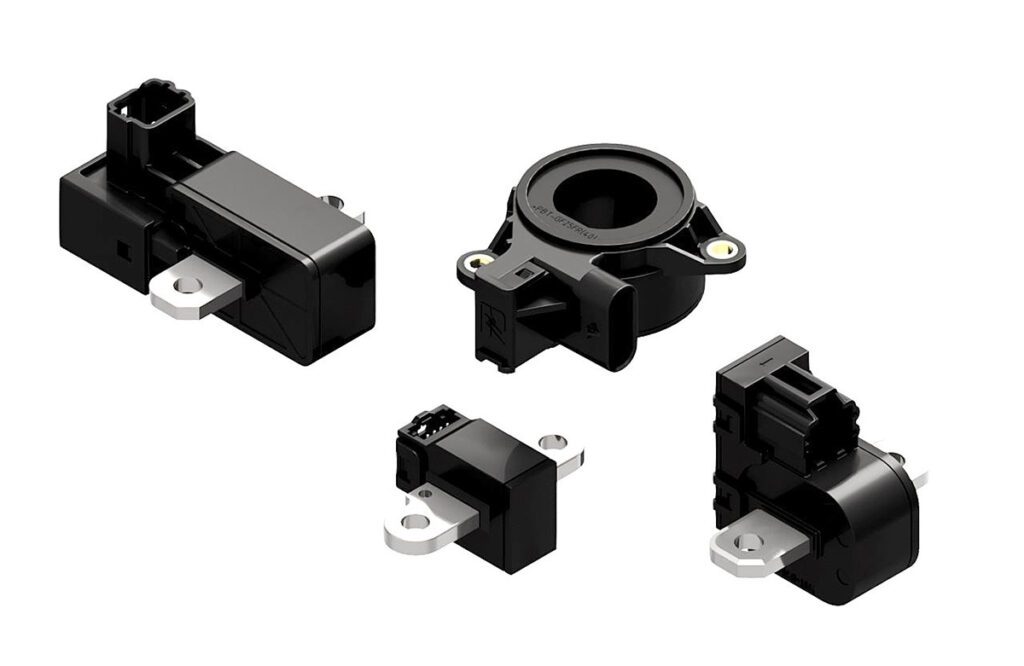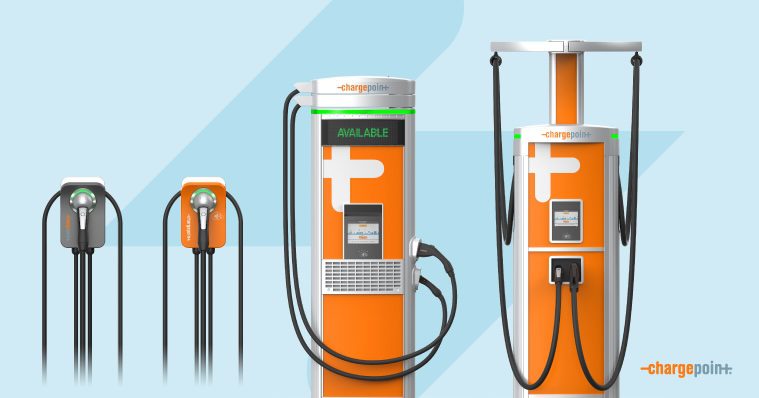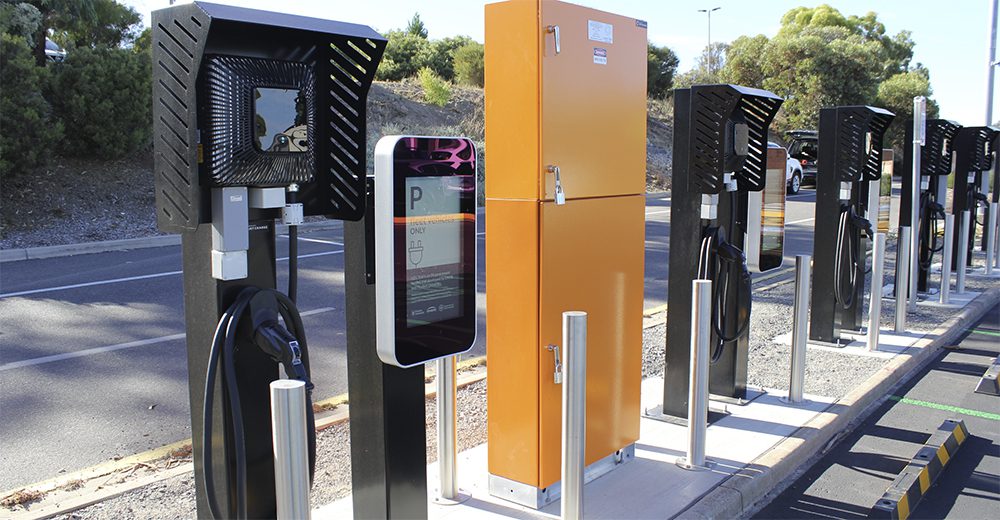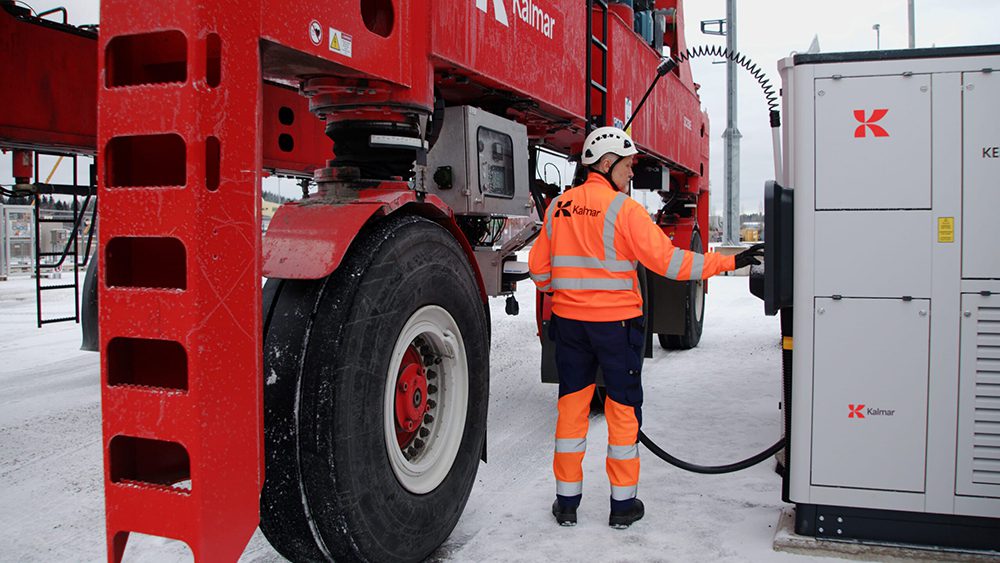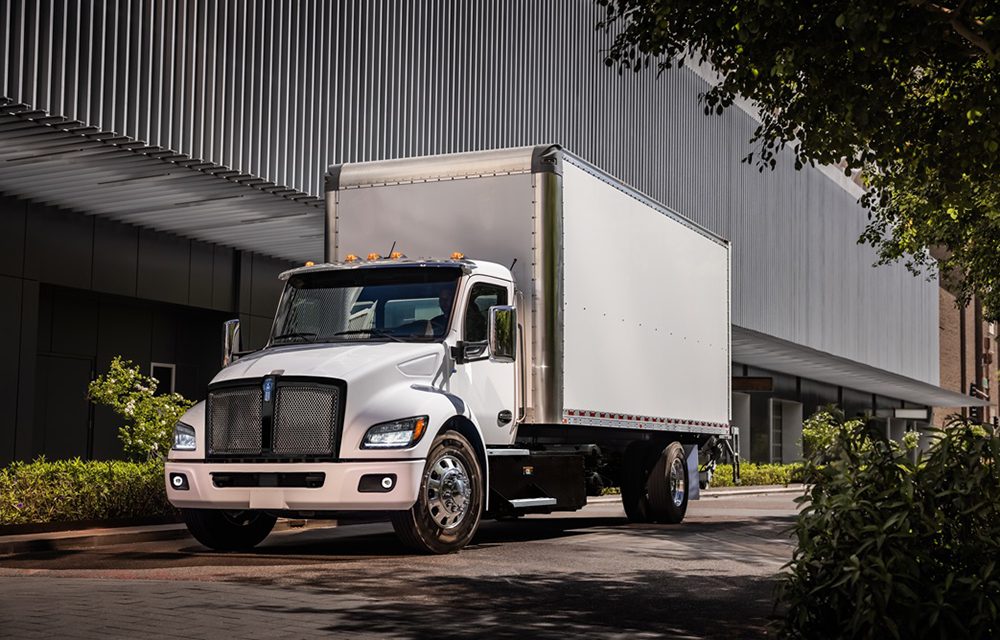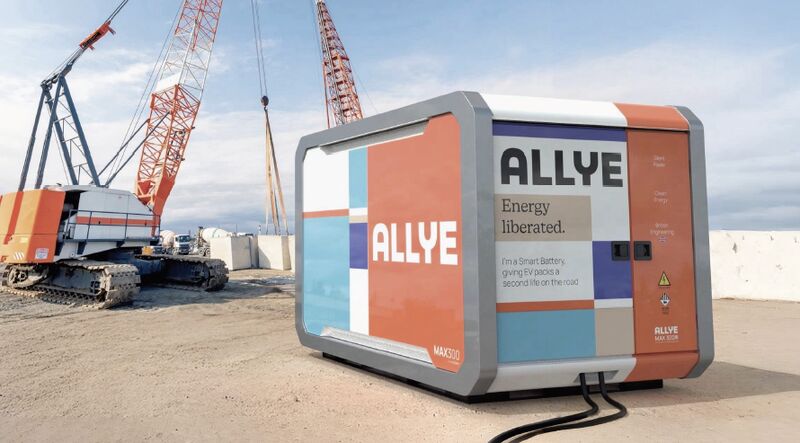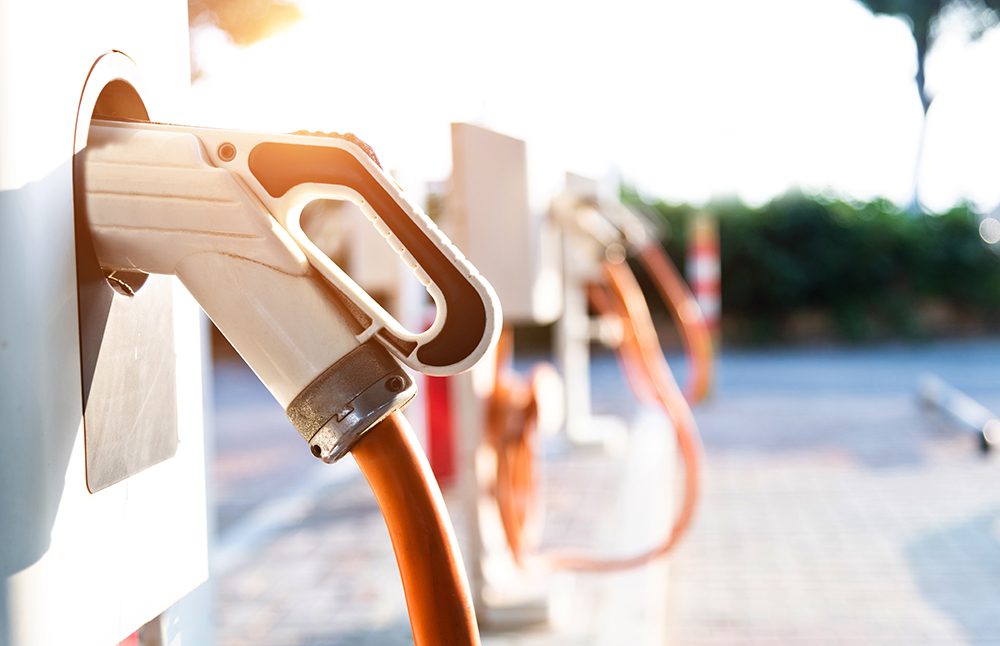The US Environmental Protection Agency has finalized a set of new auto emissions standards, which the New York Times calls “the most significant climate action taken to date by the Biden administration, and [the] highest level ever set for fuel economy.”
The story so far: In 2017, major automakers asked the incoming US president to water down federal fuel economy regulations, which were a major factor in forcing them to produce EVs. The administration enthusiastically complied, but it turns out that the process of rewriting federal regulations is a complex one, and the administration wasn’t able to get its new, relaxed regs implemented before the clock ran out. Immediately following the election of President Biden in 2020, the EPA began drafting a new set of fuel economy standards.
Detail-oriented readers can slog through the reams of legalese on the EPA’s web site, but for those with shorter attention spans, here’s the index card summary: The new fuel economy rules apply to model years 2023 through 2026, and will take effect 60 days after they are published in the Federal Register. They will require automakers to produce passenger cars and light trucks with average fuel economy of 55 mpg by 2026. Today’s average figure is 38 mpg. The regulations enacted by the Obama administration in 2012 (and undone by the Trump administration) would have mandated an average of roughly 51 mpg by 2025.
These figures apply to the average of all vehicles sold by each individual automaker. Most gas vehicles don’t (and won’t) achieve anywhere near 55 mpg (the Ford F-150 gets about 20 mpg), so to meet the standards, automakers will have to sell substantial numbers of EVs to offset their popular gas-guzzlers (or buy emissions credits from Tesla).
There are separate sets of rules for commercial vehicles (trucks and buses) and off-road vehicles.
The standard that’s now been finalized is slightly stronger than the version that was proposed back in August. As Dave Cooke, Senior Vehicles Analyst at the Union of Concerned Scientists explains, it will phase out a couple of loopholes involving emissions credits that have allowed the auto industry to “continue to kick the can down the road.” EPA officials are working on a future regulation for model year 2027 and beyond that would provide even stronger incentives for automakers to ramp up EV sales. They say they hope to publish a draft in 2022, and to complete it before the end of President Biden’s first term.
The range of reactions to the news was predictable.
The new Biden rule “is basically just recapturing the emissions cuts that we lost during the Trump rollback,” said former EPA Senior Engineer Jeff Alson. “That’s good, but it’s not going to get us anywhere near the level we’ve got to get to reduce vehicle emissions enough to protect the planet.”
“Instead of helping families, [President Biden is] putting radical environmentalists first with strict regulations that dictate the cars we buy and drive,” tweeted Cathy McMorris Rodgers, the ranking Republican on the US House Energy and Commerce Committee. (The EPA estimates that an average car owner will save about $1,080 in fuel costs over the lifetime of a vehicle under the new regs.)
As for the automakers, they seem to be fine with the new rules, as long as the government is also planning to send some subsidies their way. “Achieving the goals of this final rule will undoubtedly require enactment of supportive governmental policies—including consumer incentives, substantial infrastructure growth, fleet requirements, and support for US manufacturing and supply chain development,” said John Bozzella, President of the Alliance for Automotive Innovation, a lobbying group.
GM says it “supports the goal of the final rule and its intention to significantly reduce emissions,” but is still reviewing the details. Ford said “we applaud EPA’s efforts to strengthen greenhouse gas emissions standards and create a consistent national plan.” Stellantis called the new standard “aggressive,” and said the government needs to support a transition to zero-emission vehicles.
Ray Curry, President of the United Auto Workers union, called the standards “well thought out,” and said, “History has demonstrated that strong standards based on input from stakeholders that include American workers at the table can be an opportunity for both job retention, job creation and environmental protections.”
As the Times noted, this is the best news for EVs and the climate to come out of Washington since Biden took the con. Unlike most of the President’s climate initiatives, the new EPA regs should be difficult or impossible for anti-EV forces to reverse. The setting of standards is an executive action, so Congress can’t directly undo it, and the new rules will come into force well before the end of Biden’s first term. At that time, automakers will already be producing vehicles based on the new regime, and so should have little appetite for watering down the regs. By then of course, we all hope that consumers will be showing a marked preference for EVs, and automakers will make their plans accordingly.
Sources: EPA, New York Times, Union of Concerned Scientists




